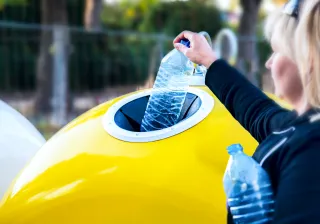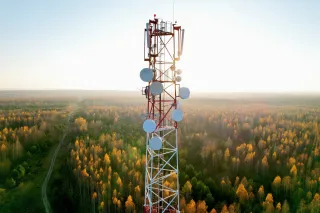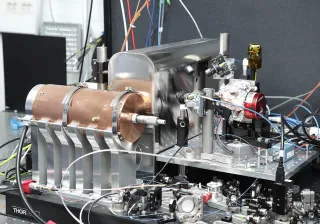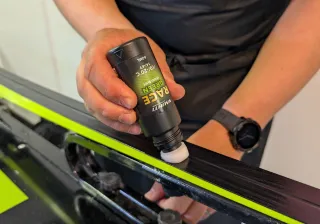Tinder and recycling have the same goal: finding a new home for an individual or plastic. Where Tinder recycling wears people out, plastic recycling saves natural resources.
1. A second chance
Earlier, materials were consumed but not recycled and, finally, they were discarded. This phenomenon we call by the name linear economy. In terms of human relations, the same approach would mean that nobody would have a second chance after separation. In the long term, this is sheer waste of resources. A circular economy is the new normal! There, materials are reused, and their value remains, which has a positive impact on our lives. Just like a new relationship.
2. Am I good enough?
When a Tinder user rejects your photo, it only means that you were not suitable for him or her. For someone else you may be a perfect match. The same applies to plastic recycling: not all plastics can be combined, and one recycled plastic is not suited for all purposes. You just need to find the right match, both when looking for a new partner or selecting the perfect plastic for your use. There are many kinds of plastics in the world with varying additives and fillers. On the other hand, one product may also contain many kinds of plastics. The plastic may have become contaminated in use or it may derive from clean industrial side streams. All these have an impact on where and how the plastic can be reutilised. The recycling of high-quality plastic waste streams already functions relatively well.
For various waste-sector operators such a place as Motiva’s Materiaalitori marketplace is the place for matching their needs, whereas single people use dating apps to find their match. The more promising the offering looks, the more likely it is that it will be selected. But the markets are opening up also for those not being chosen. The Plastics Roadmap for Finland and the EU plastics strategy have highlighted the issue of the recycling of more challenging fractions, such as soiled agricultural plastic waste and plastics containing flame retardants. It is no longer possible to look down on these streams, but we must get down to utilising them as recycled plastics.
3. Location, location, location
The closer, the better − whether it is a question of first dates or availability of plastic waste. Everyday living would become expensive if someone from Helsinki were to travel to Rovaniemi for a date a few times a week, because there are some good candidates on the offer in the capital region as well. Recycling must also be profitable, as it is business activity, after all. It would be ideal if the recycled plastic, sufficient in terms of both quality and quantity, were to be found less than 150 km away, which almost corresponds to one-way trip from Helsinki to Tampere. In the future, we must also learn to use increasingly smaller and dispersed streams of plastic waste. Therefore, we need regional recycling solutions for plastics to support the national ones, new waste pretreatment technologies and more advanced logistics solutions.
4. Let’s set a date!
After the choice has been made, it is time to set the first date and start the evaluation. Where you discuss the characteristics of a potential partner with your friends, the usability of recycled plastic can be verified through practical testing. The VTT test environment, Polymer Pilot, will assist you by providing material processing and testing services. Next spring in particular, we will be living exciting times, when the new recycling line with its wonderful accessories will enter production. It will allow companies to test the functionality of recycled materials in, for example, plastic films.
5. From a relationship into a blended family
Different plastic streams have a different history, which affects their characteristics and functionality. The same applies to blended families, where every family member is special and brings his or her own personal traits to the family unit. One must learn to know everyone’s unique characteristics and see them in everyday situations. In the same manner, through trials and identification of properties, we can learn to produce good materials − and later new products − out of recycled plastic. The long-term objective must be to raise the quality and value of recycled plastics. Correspondingly, when it comes to virgin materials, their recyclability or other reutilise opportunities must be taken into account already when the product is being developed.
Whether you are looking for a new relationship or suitable recycled plastics, you should examine the options with an open mind. Since there are differences between both people and plastics, you can use different trials to verify whether the alternative you have selected functions or not. Even though a popular programme format suggests that the first date can be arranged at the altar, in real life that phase is reached after a longer period of getting to know one another. The same applies to recycled plastics: the quality and quantity of the material to be used is finalised based on the results of a trial period. Sometimes you can find a good person or plastic fraction somewhere near you and with ease, sometimes it takes a lot more effort to find them. That is why we need the assistance of various electronic applications.
Used plastic is a valuable raw material that can be utilised for new purposes. So, after you are finished with something, send it off for recycling, whether the item in question is your used plastic or your ex. Your trash can be someone else’s treasure.




